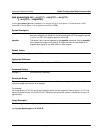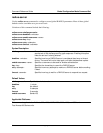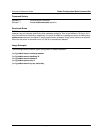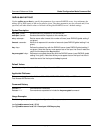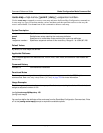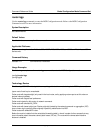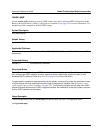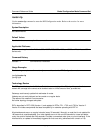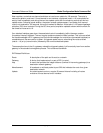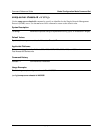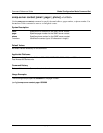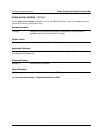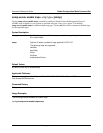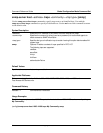
Command Reference Guide Global Configuration Mode Command Set
61200510L1-35E Copyright © 2005 ADTRAN 499
Now consider a route that was learned and does not receive an update for 180 seconds. The route is
marked for deletion, and even if it was learned on an interface, a poisoned (metric =16) route should be
sent by itself immediately and during the next two update cycles with the remaining normal split horizon
update routes. Following actual deletion, the poison reverse update ceases. If an update for a learned
route is not received for 180 seconds, the route is marked for deletion. At that point, a 120-second garbage
collection (GC) timer is started. During the GC timer period, expiration updates are sent with the metric for
the timed-out route set to 16.
If an attached interface goes down, the associated route is immediately (within the same random
five-second interval) triggered. The next regular update excludes the failed interface. This is the so-called
first hand knowledge rule. If a gateway has first hand knowledge of a route failure (connected interfaces) or
reestablishment, the same action is taken. A triggered update occurs, advertising the route as failed
(metric = 16) or up (normal metric) followed by the normal scheduled update.
The assumption here is that if a gateway missed the triggered update, it will eventually learn from another
gateway in the standard convergence process. This conserves bandwidth.
RIP-Related Definitions:
Route A description of the path and its cost to a network.
Gateway A device that implements all or part of RIP (a router).
Hop A metric that provides the integer distance (number of intervening gateways) to a
destination network gateway.
Advertisement A broadcast or multicast packet to port 520 that indicates the route for a given
destination network.
Update An advertisement sent on a regular 30-second interval including all routes
exclusive of those learned on an interface.



